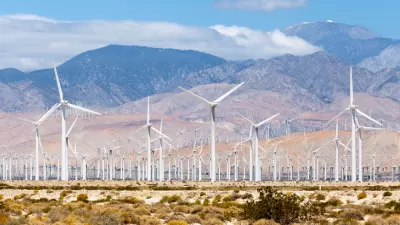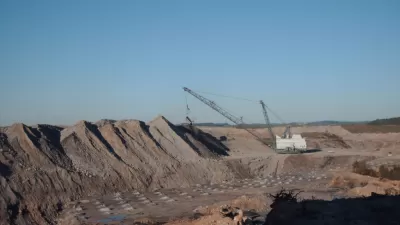The catastrophic spill of coal ash sludge in Tennessee is a wake-up call: there are more than 1,300 such dumps across the U.S., and, as a result of coal industry lobbying, no federal regulations for safe storage, reuse or disposal of the waste.
"The coal ash pond that ruptured and sent a billion gallons of toxic sludge across 300 acres of East Tennessee last month was only one of more than 1,300 similar dumps across the United States - most of them unregulated and unmonitored - that contain billions more gallons of fly ash and other byproducts of burning coal.
Like the one in Tennessee, most of these dumps, which reach up to 1,500 acres, contain heavy metals like arsenic, lead, mercury and selenium, which are considered by the Environmental Protection Agency to be a threat to water supplies and human health. Yet they are not subject to any federal regulation, which experts say could have prevented the spill, and there is little monitoring of their effects on the surrounding environment.
The amount of coal ash has ballooned in part because of increased demand for electricity, but more because air pollution controls have improved. Contaminants and waste products that once spewed through the coal plants' smokestacks are increasingly captured in the form of solid waste, held in huge piles in 46 states, near cities like Pittsburgh, St. Louis and Tampa, Fla., and on the shores of Lake Erie, Lake Michigan and the Mississippi River."
FULL STORY: Hundreds of Coal Ash Dumps Lack Regulation

Alabama: Trump Terminates Settlements for Black Communities Harmed By Raw Sewage
Trump deemed the landmark civil rights agreement “illegal DEI and environmental justice policy.”

Planetizen Federal Action Tracker
A weekly monitor of how Trump’s orders and actions are impacting planners and planning in America.

The 120 Year Old Tiny Home Villages That Sheltered San Francisco’s Earthquake Refugees
More than a century ago, San Francisco mobilized to house thousands of residents displaced by the 1906 earthquake. Could their strategy offer a model for the present?

Ken Jennings Launches Transit Web Series
The Jeopardy champ wants you to ride public transit.

BLM To Rescind Public Lands Rule
The change will downgrade conservation, once again putting federal land at risk for mining and other extractive uses.

Indy Neighborhood Group Builds Temporary Multi-Use Path
Community members, aided in part by funding from the city, repurposed a vehicle lane to create a protected bike and pedestrian path for the summer season.
Urban Design for Planners 1: Software Tools
This six-course series explores essential urban design concepts using open source software and equips planners with the tools they need to participate fully in the urban design process.
Planning for Universal Design
Learn the tools for implementing Universal Design in planning regulations.
Clanton & Associates, Inc.
Jessamine County Fiscal Court
Institute for Housing and Urban Development Studies (IHS)
City of Grandview
Harvard GSD Executive Education
Toledo-Lucas County Plan Commissions
Salt Lake City
NYU Wagner Graduate School of Public Service





























